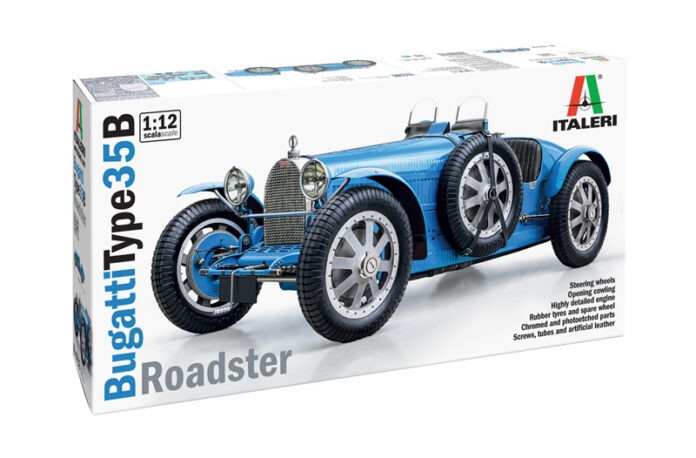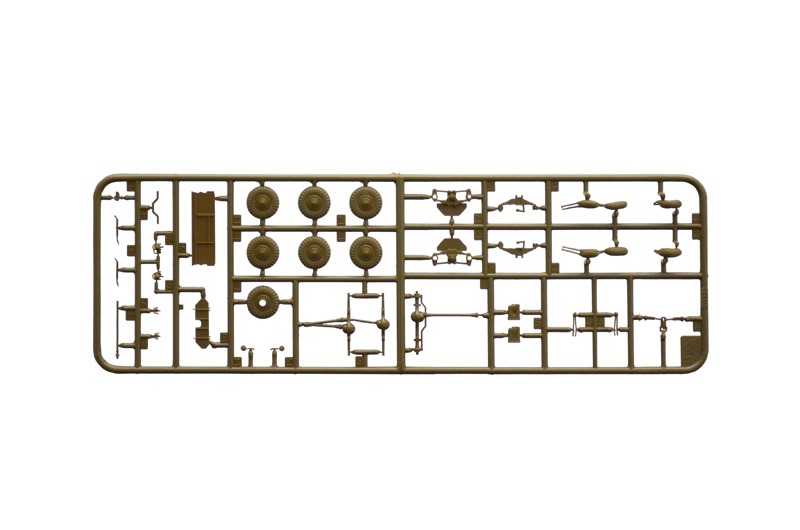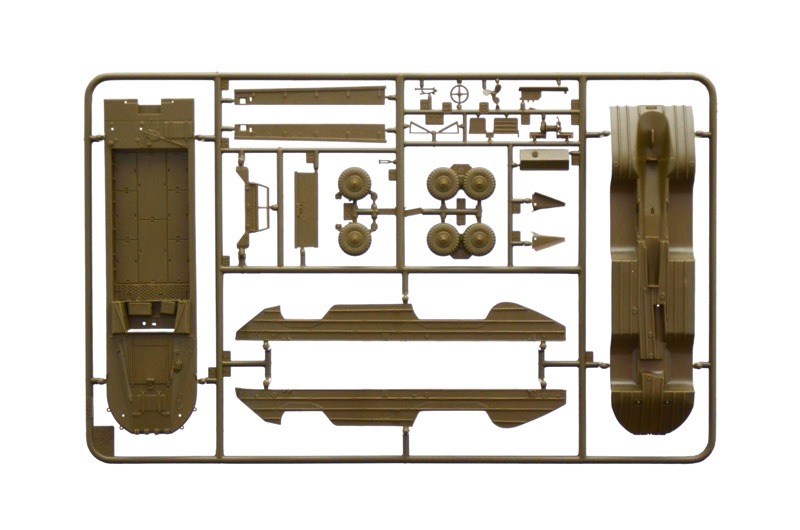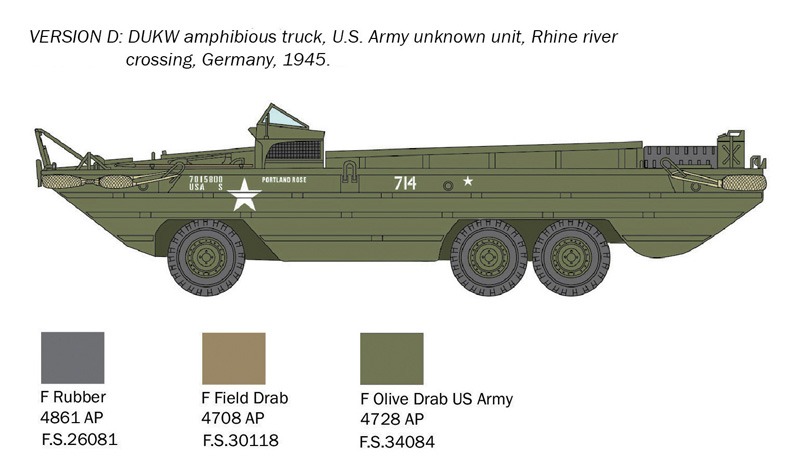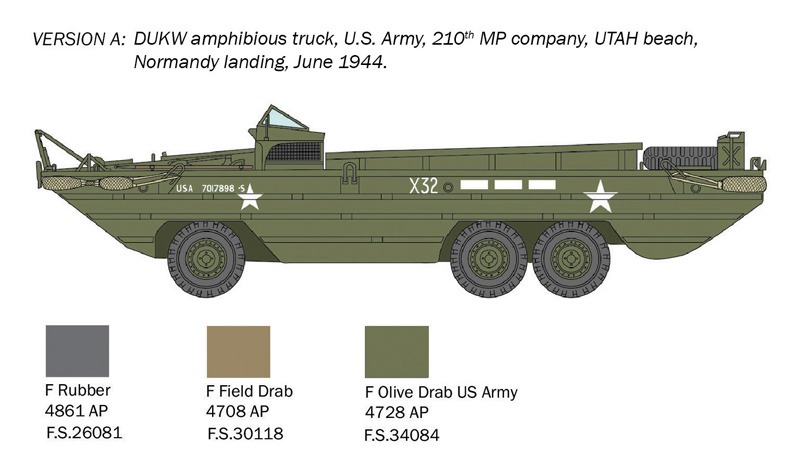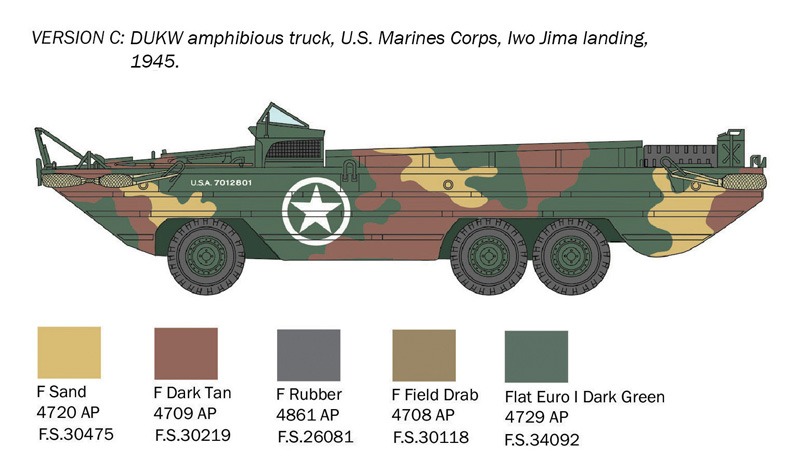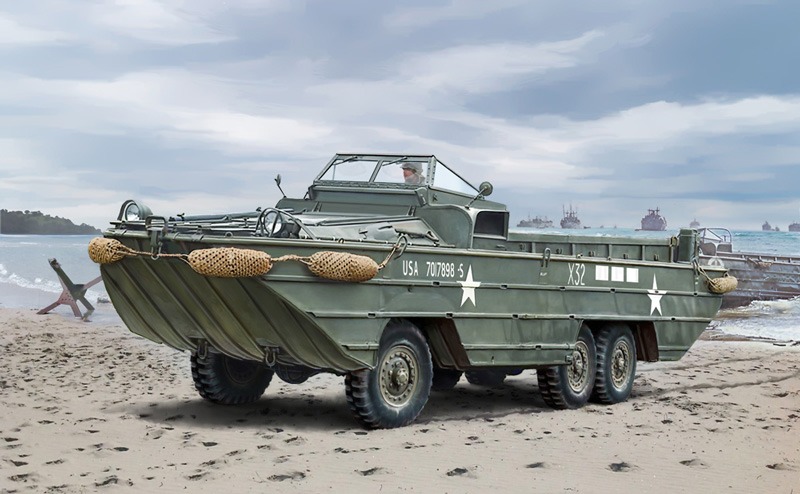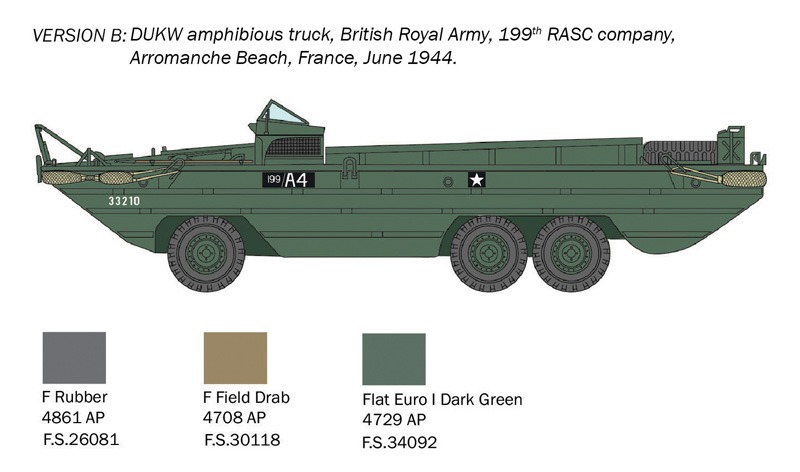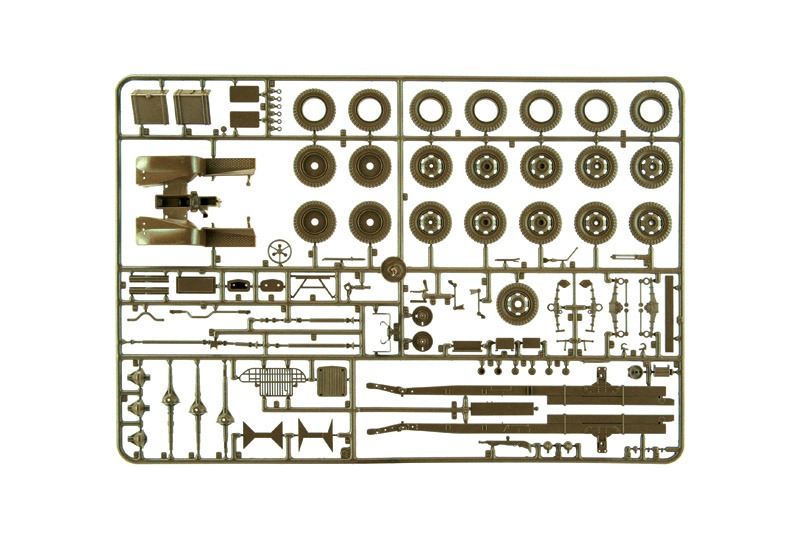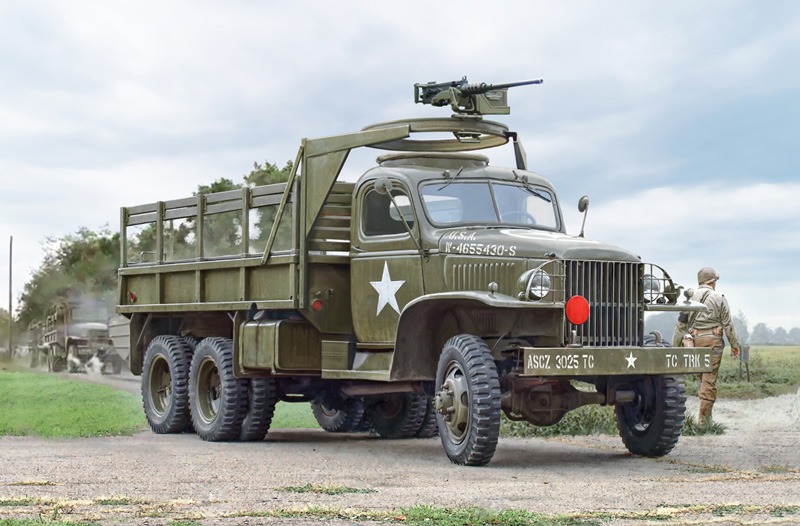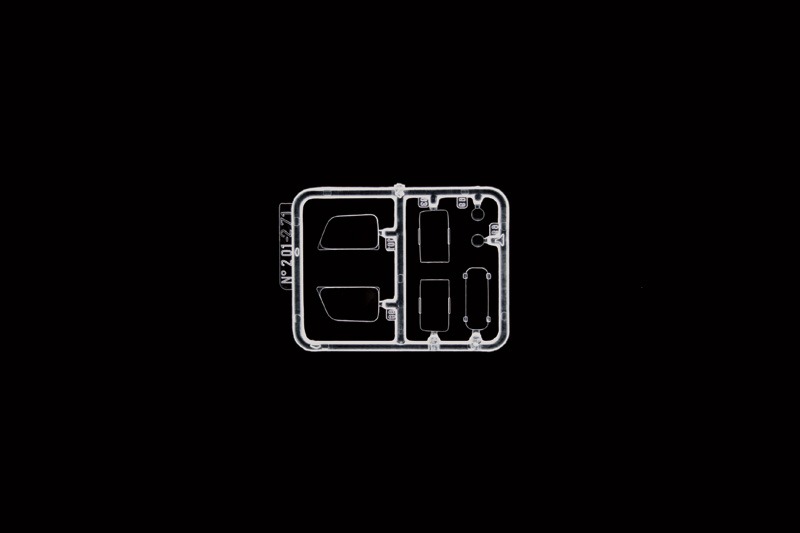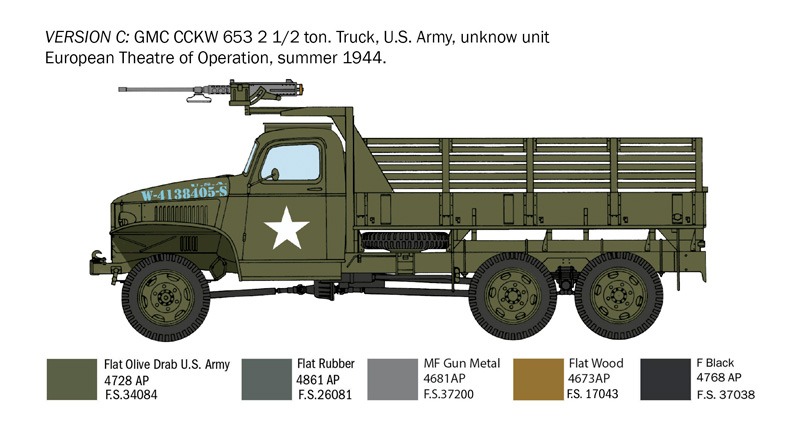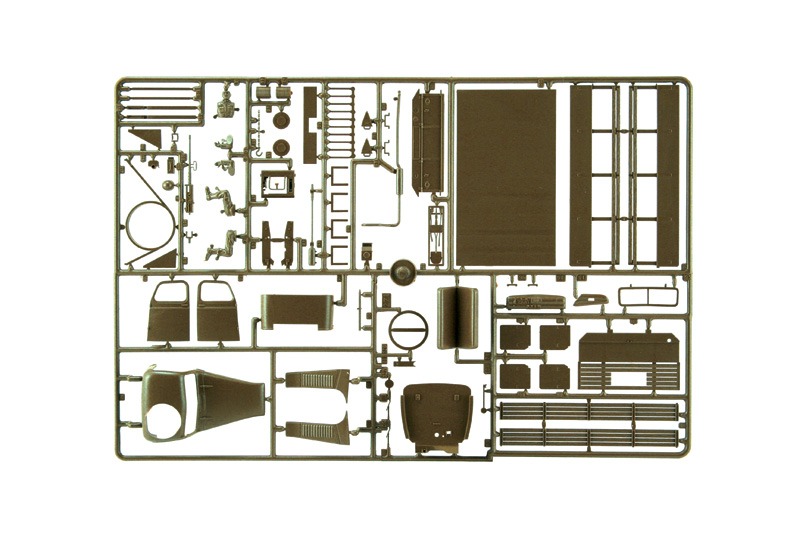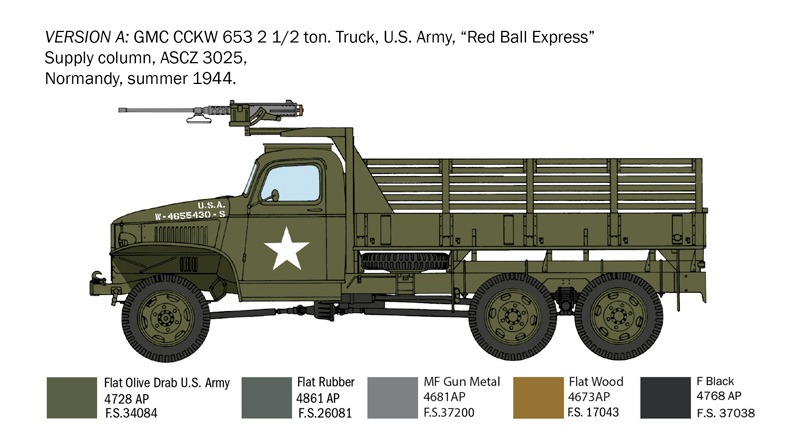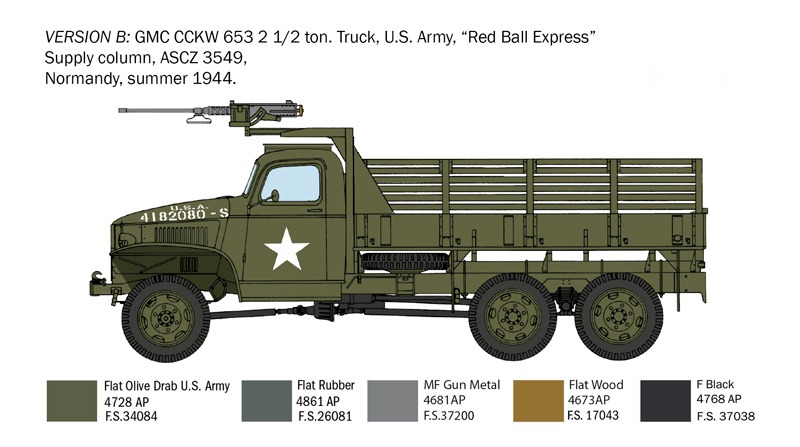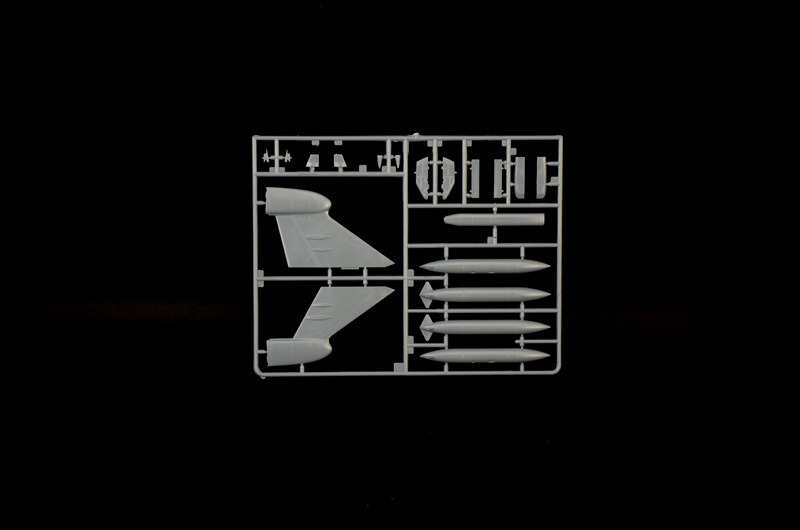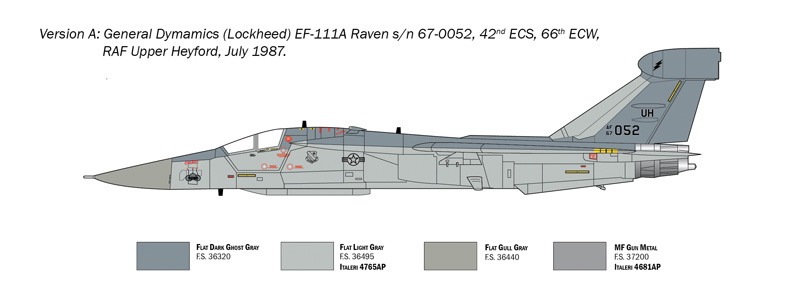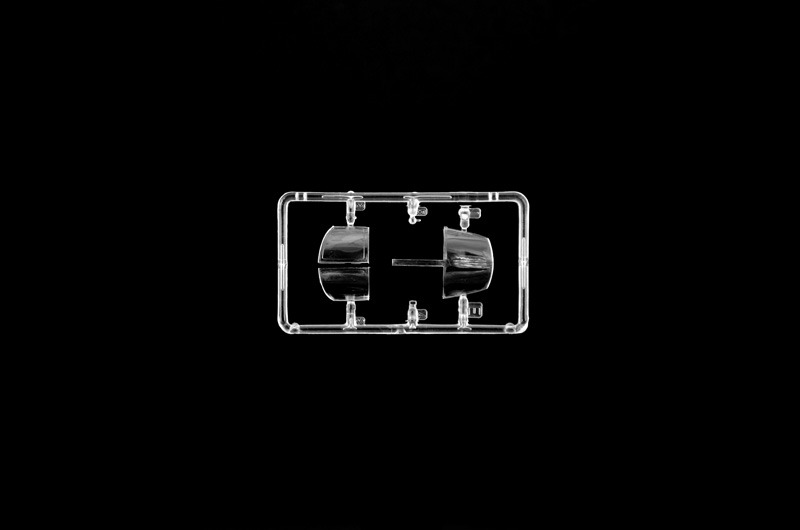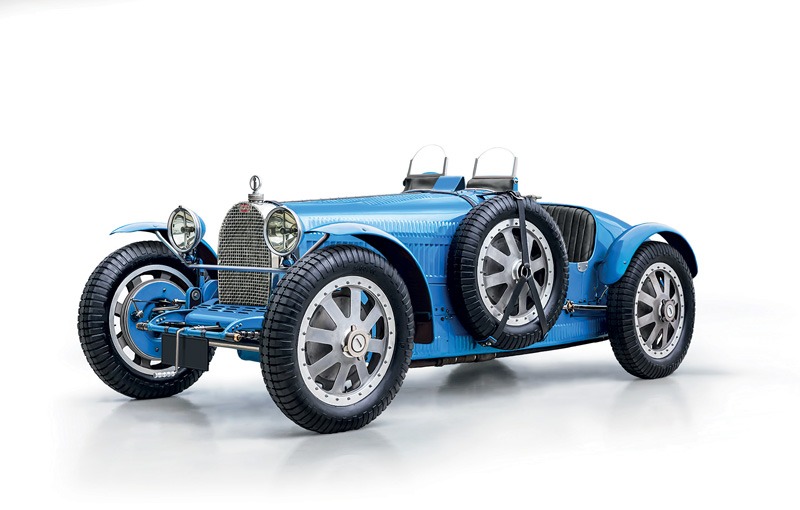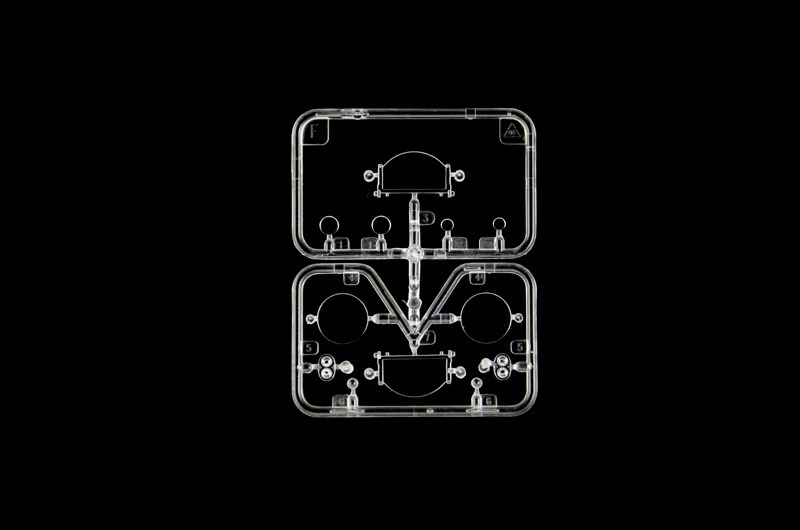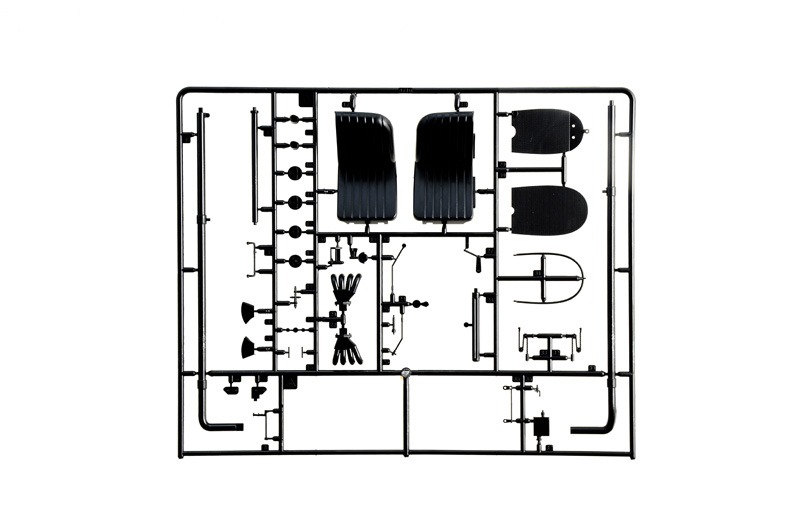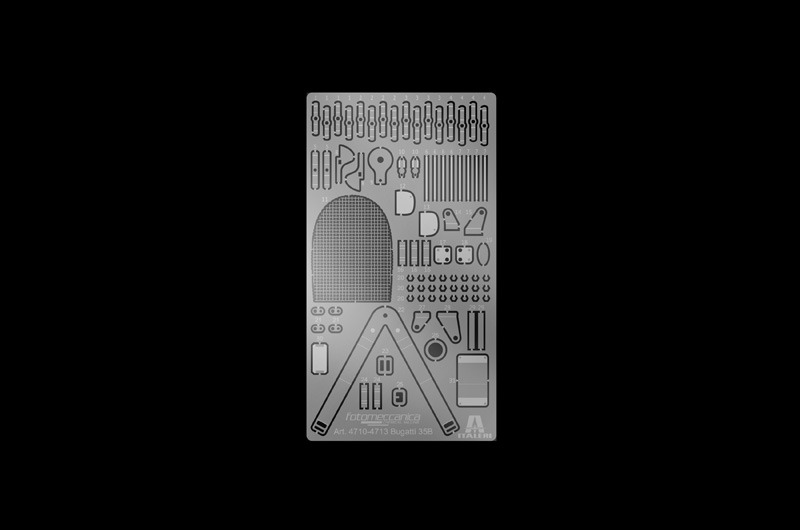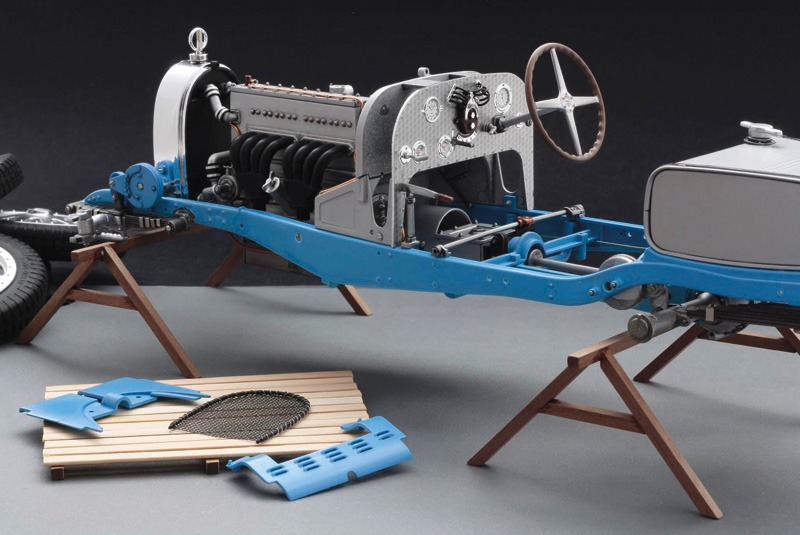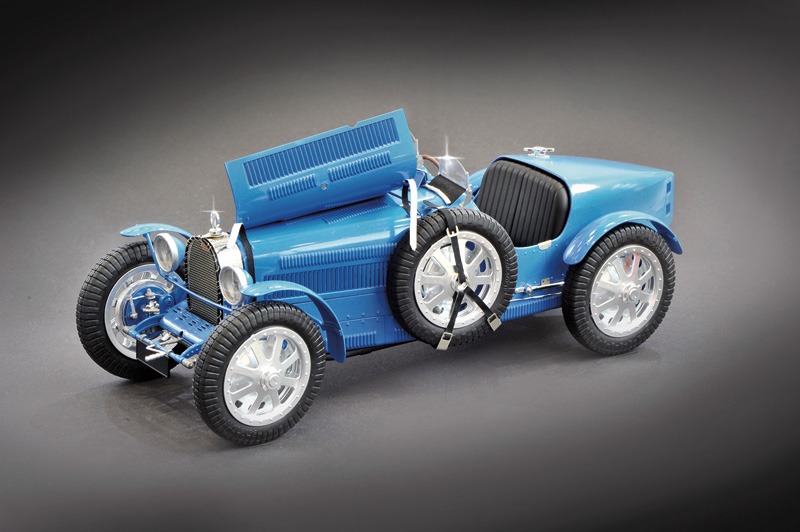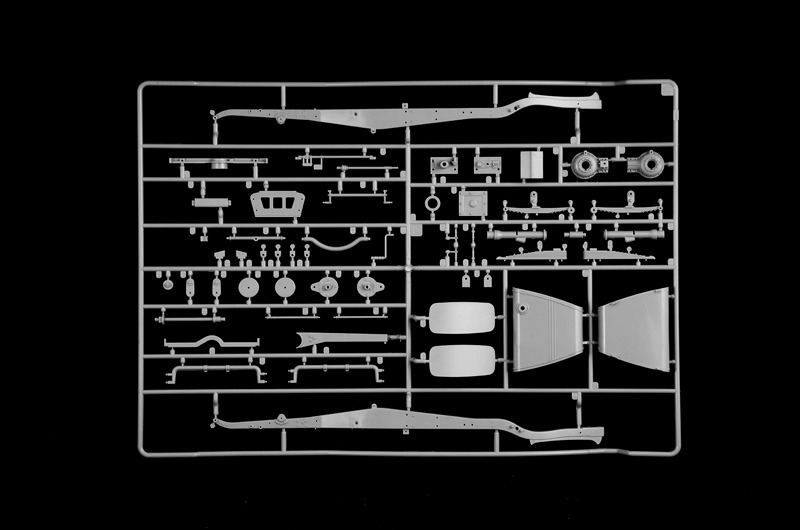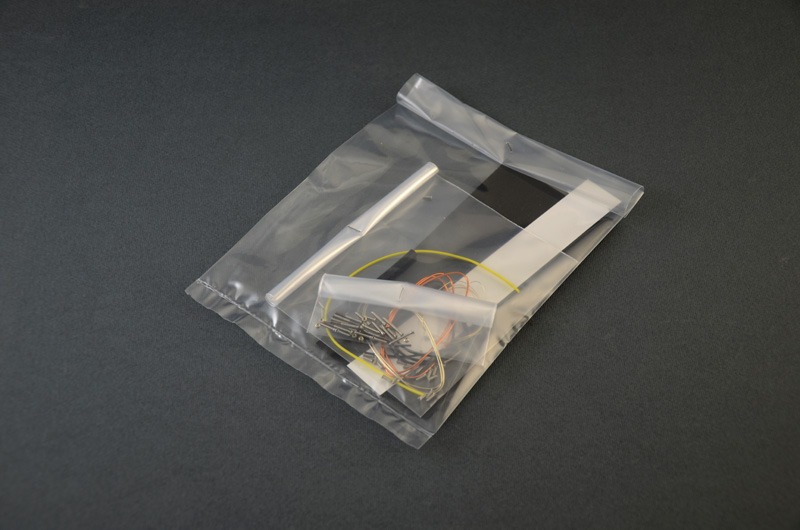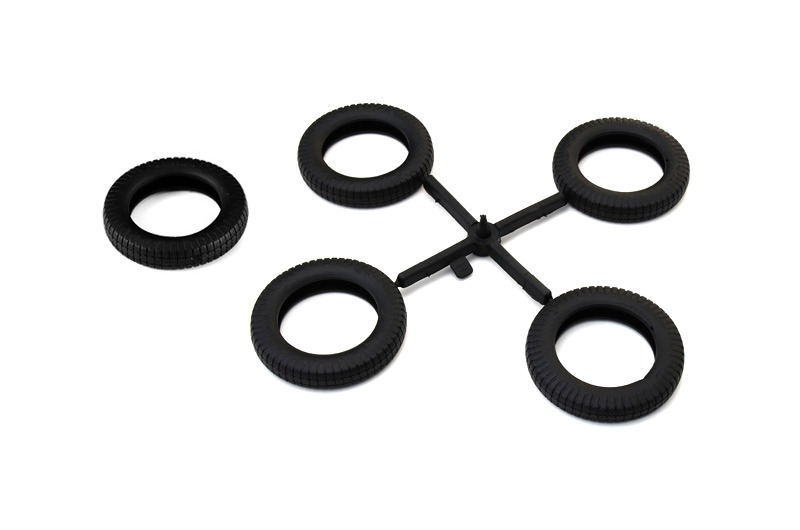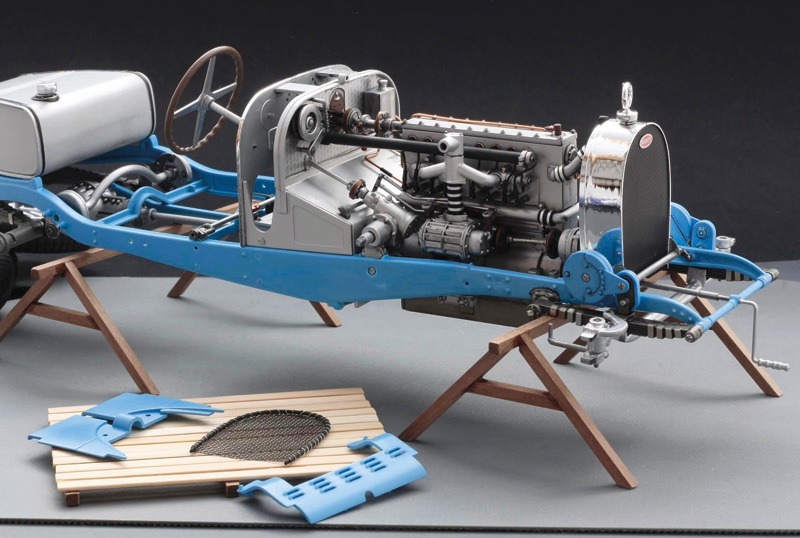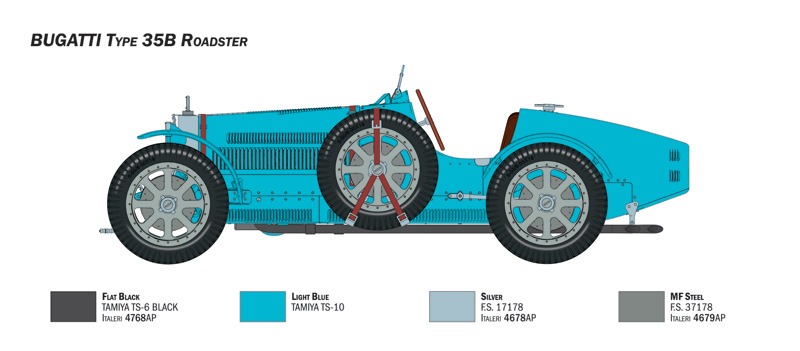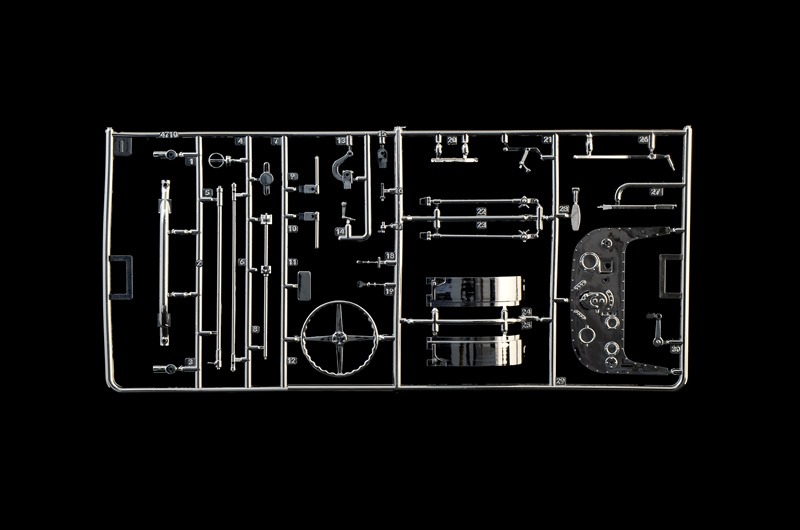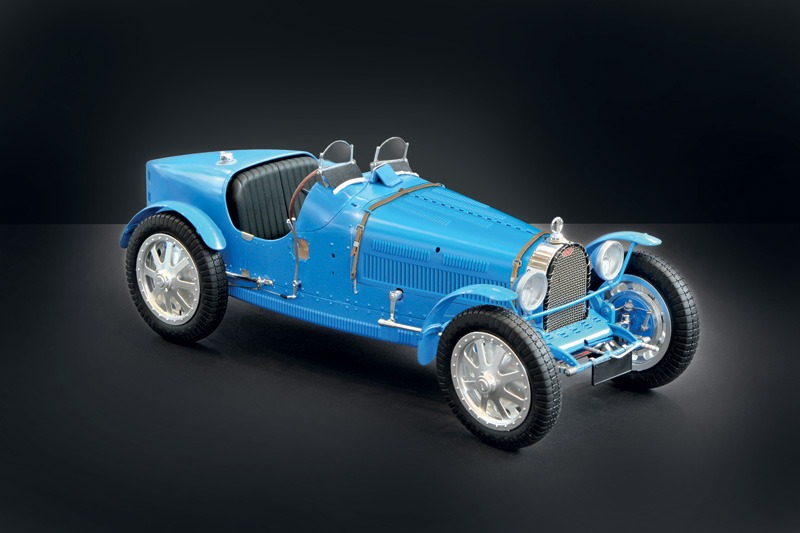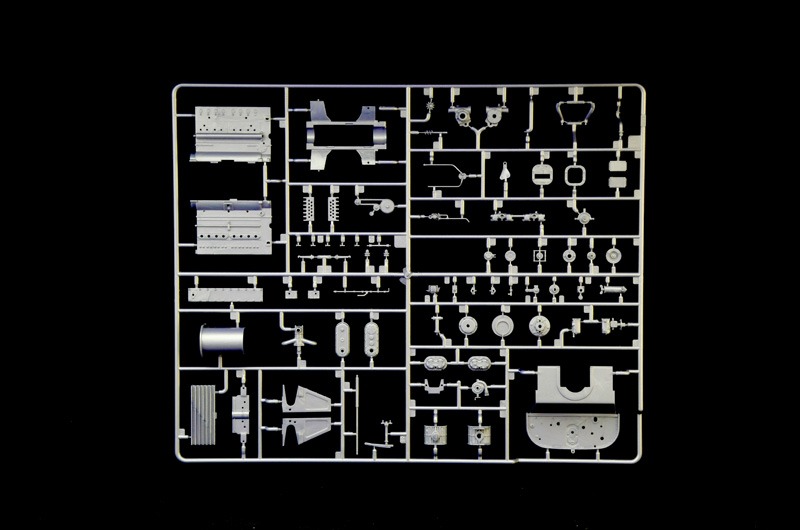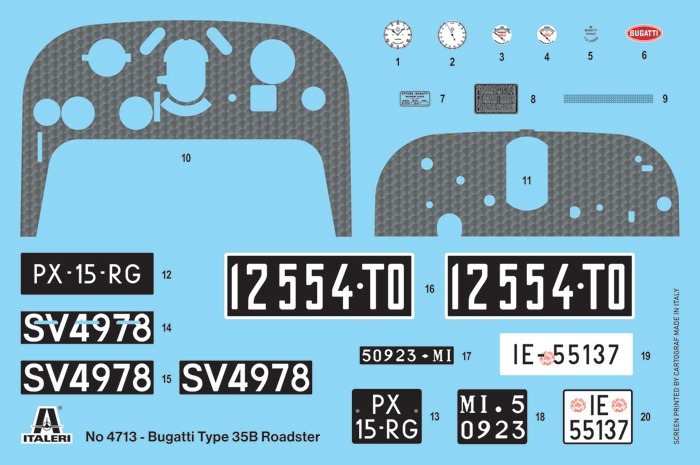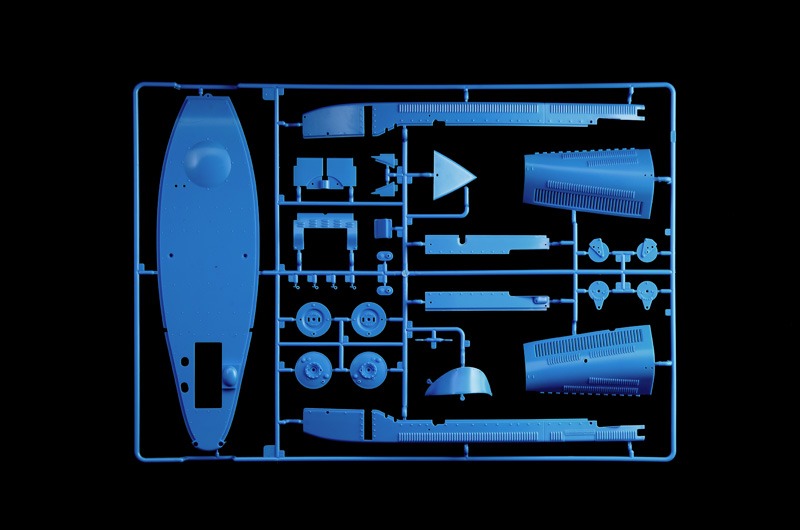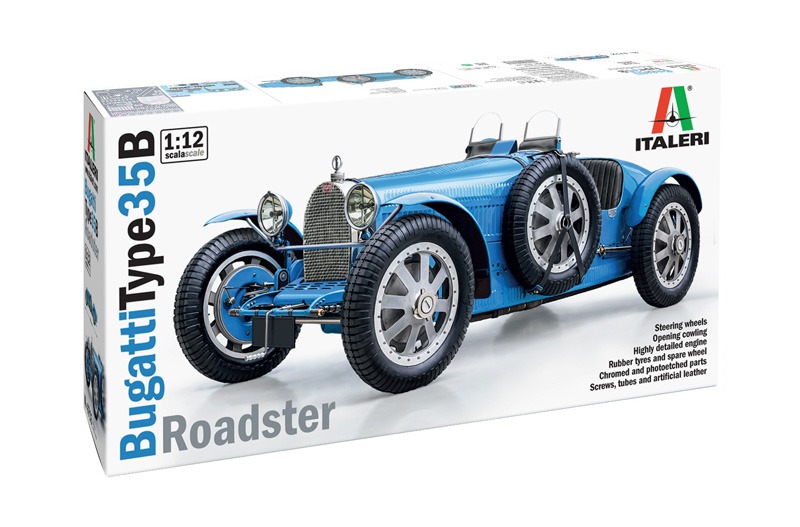 1/12 Bugatti Type 35B Roadster
1/12 Bugatti Type 35B Roadster
Description
Steering wheels – Opening cowling – Highly detailed engine – Rubber tires and spare wheel – Chromed and Photoetched parts – Screws, tubes and artificial lather – Color Instruction Sheet
The Bugatti Type 35 is one of the most iconic and revered racing cars in motor racing history, both technically and competitively. Ettore Bugatti’s masterpiece was a unique mix of engineering skill, design, elegance, speed and its relatively light weight. Produced during the 1920s, it won an incredible number of races in both “road” and “on track” competitions. The Bugatti was in fact specifically designed for the world of racing, which included the introduction of technical and mechanical solutions for the car that made it ideal for the racing circuits of the period. Aesthetically, it was universally known and recognisable by the unmistakable shape of the horseshoe-shaped radiator which was a key design feature of Bugatti as a car manufacturer. Due to its 2,263 cm3 8-cylinder engine with a four-speed mechanical gearbox and equipped with a volumetric compressor, the Bugatti Type35B was able to attain a top speed of 210 km / h. In particular, the Bugatti 35C, due to its perfect balance between performance and handling, can be considered among the best “Type35” ever made.
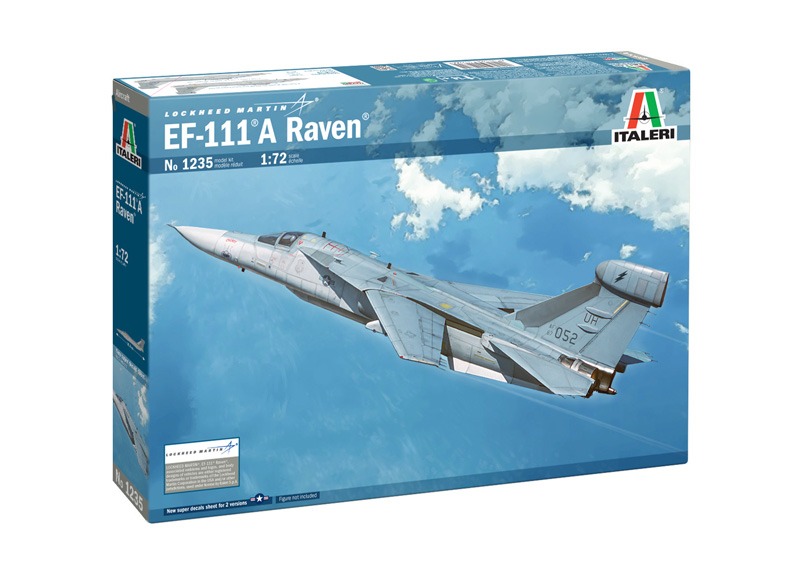 1/72 EF-111 A Raven
1/72 EF-111 A Raven
Description
NEW SUPER DECALS SHEET FOR 2 VERSIONS – COLOR INSTRUCTION SHEET
FIGURE NOT INCLUDED
The General Dynamics EF-111 Raven was developed on the aerodynamic platform of the ground-attack aircraft F-111 Aardvark. The supersonic aircraft, featuring variable-geometry wings, was identified as a suitable platform to accommodate the electronic components necessary to effectively perform the new assigned tasks. The EF-111 Raven thus became a benchmark for Electronic Warfare missions, being employed in various operational activities in Libya, Bosnia, and Iraq. Easily recognizable by the prominent protrusion on the rear fin, it was equipped with state-of-the-art electronics for its time, including terrain-mapping radar and the adoption of radar jamming systems and electronic countermeasures. The cockpit was also redesigned with the installation of a control suite specifically configured for the Electronic Warfare Officer (EWO), the officer specializing in electronic warfare.
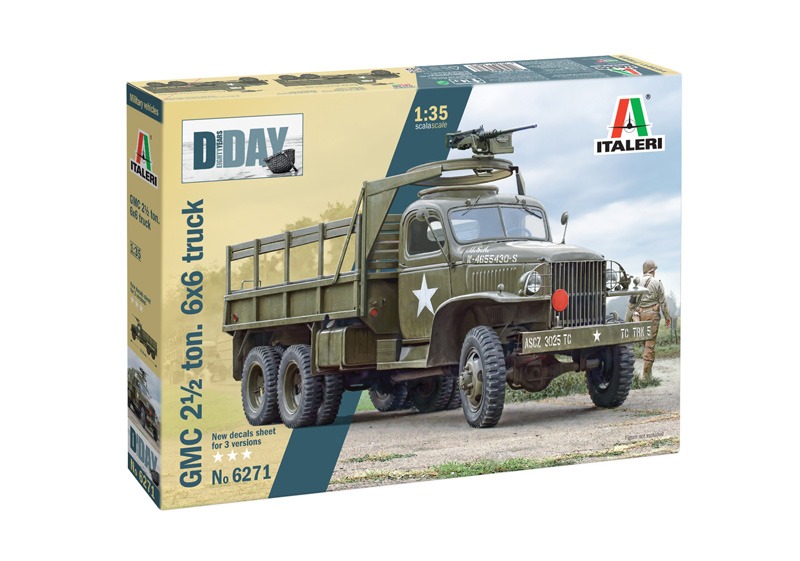 1/35 GMC 2 1/2 Ton. 6×6 Truck “D-Day 80° Anniversary”
1/35 GMC 2 1/2 Ton. 6×6 Truck “D-Day 80° Anniversary”
Description
NEW DECALS SHEET FOR 3 VERSIONS – COLOR INSTRUCTION SHEET
FIGURE NOT INCLUDED
The GMC 2 ½ ton truck was built in an exceptionally high number of units and can be considered the backbone of the logistical operations of the U.S. Army during World War II. Characterized by a very robust and reliable structure, its strength lay in its excellent off-road performance, thanks to its six-wheel drive and effective suspension design. It was produced in numerous variations, including the more common “cargo” versions with open or closed cabins, “long wheelbase,” and “short wheelbase.” Additionally, various configurations, some developed directly in the field, were tailored for more specific and precise purposes. Its role was crucial in meeting the demanding logistical needs following the initial stages of the Normandy landings, involving the transportation and handling of substantial quantities of troops and materials.
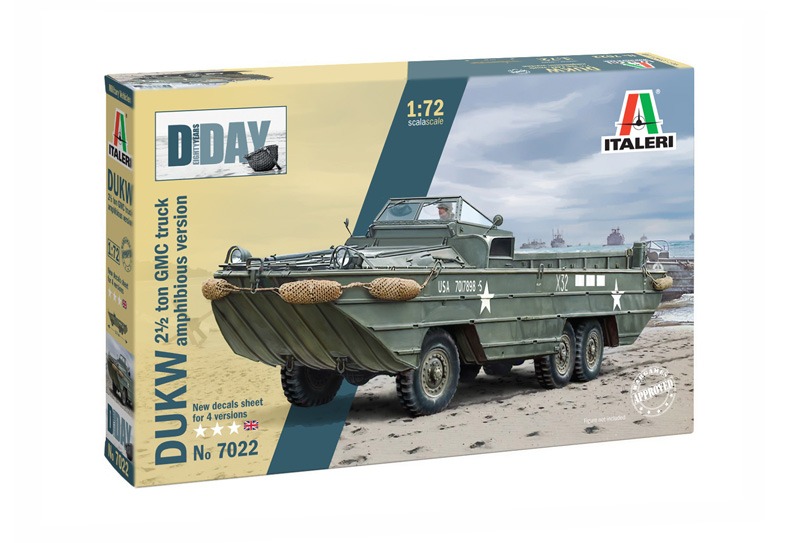 1/72 DUKW 2 1/2 ton GMC truck amphibious version “D-Day 80° Anniversary”
1/72 DUKW 2 1/2 ton GMC truck amphibious version “D-Day 80° Anniversary”
Description
NEW SUPER DECALS SHEET FOR 4 VERSIONS – COLOR INSTRUCTION SHEET
FIGURE NOT INCLUDED
To meet the logistical needs of the US Army landing forces in transferring loads quickly and efficiently from ships to beaches, the American General Motor CCKW-353 2½ t 6×6 amphibious version tactical transport truck was designed and built for this purpose. The basic vehicle components were the same as the GMC road truck with its 4,400 cm3 6-cylinder engine, three differentials and six driving wheels. The DUKW was characterized by a welded hull to make it amphibious, which was then reinforced by horizontal ribs. Its key attribute however was its extraordinary versatility and load capacity. It could carry a 2,400 kg payload or 25 fully equipped troops. DUKWs were deployed extensively in all theaters of war by the U.S. Army, U.S. Marines and the armed forces of numerous Allied countries. Notably, they featured in many significant WW11 beach landings including the D-Day Normandy landings at Utah and Omaha and also at Salerno, Anzio and on the beaches of the Pacific campaign.
HobbyLink International
Hoblylink International Shop
eBay Store



